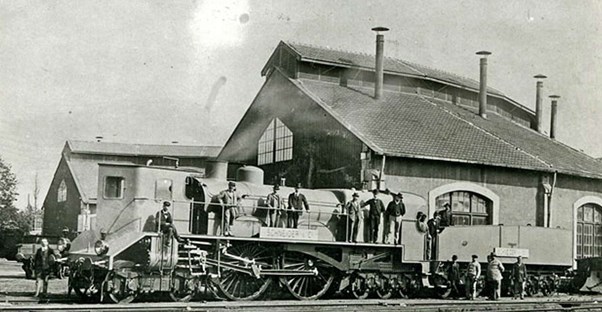Marie Curie
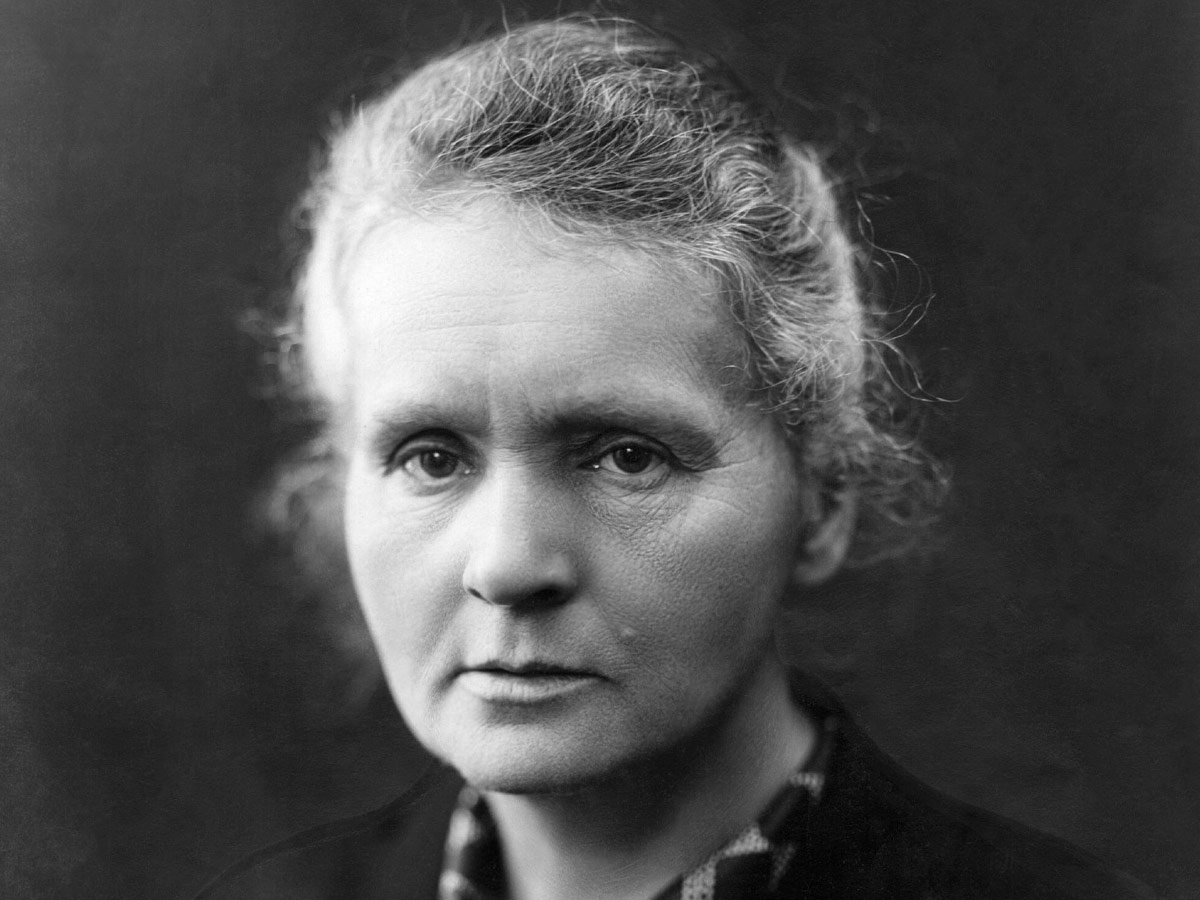
Madam Marie Sklodowska Curie was a Polish/French physicist and chemist who helped further the research on radioactivity. She was the first woman to win a Nobel prize—and she won it twice!
She developed the theory of radioactivity, coined the term, techniques for isolating radioactive isotopes, discovered polonium and radium, and created mobile X-ray machines to field hospitals during World War I. She developed aplastic anemia from long-term radiation exposure and died on July 4, 1934.
Li Si
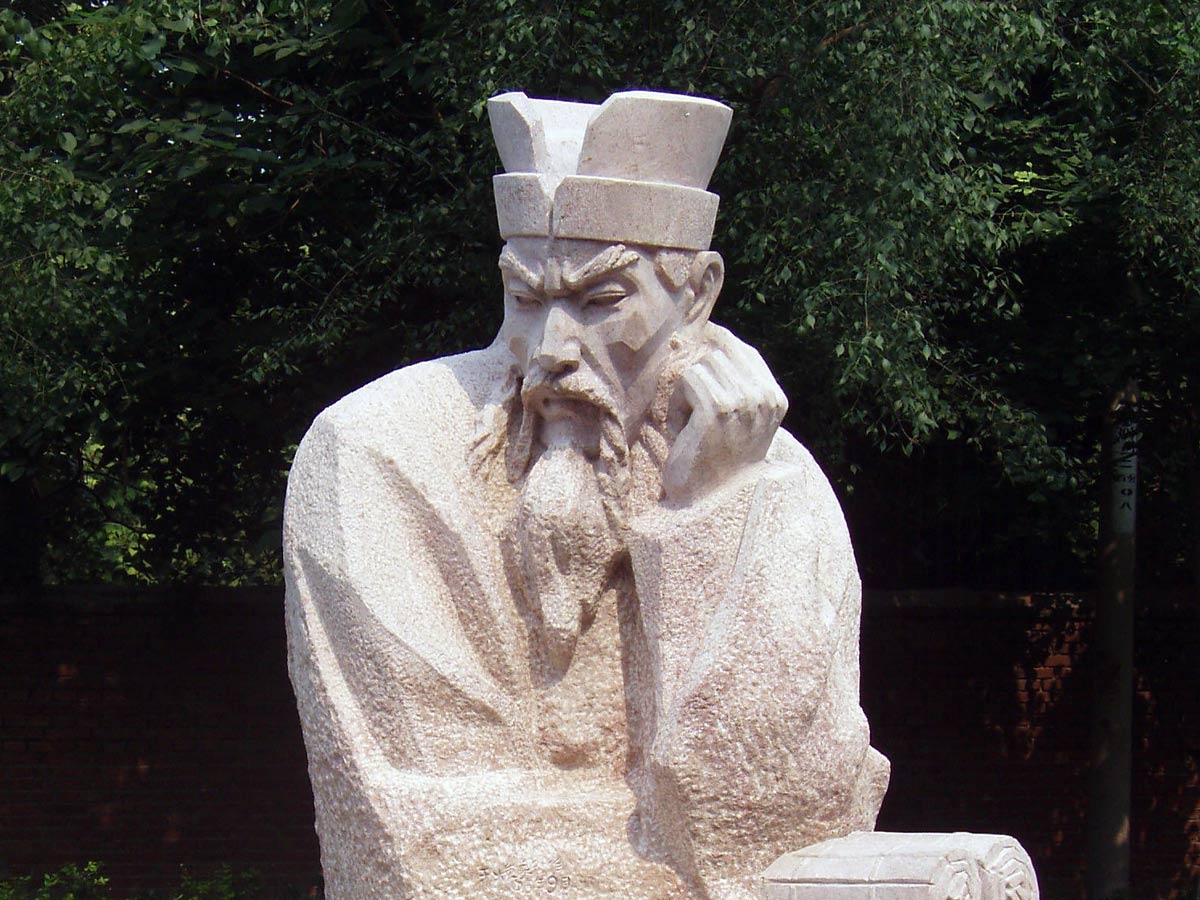
Li Si was a Chinese politician, writer, and calligrapher from the Qin dynasty in 280 BC. He was the inventor of the Five Pains punishment, which was a series of physical tortures mandated by the legal system. They involved tattooing, cutting off the nose, amputating the feet, castration, and then death.
Li Si was charged with treason after putting someone on the throne to advance his political status and endured the Five Pains before being put to death. After he was tortured, Li Si was executed with a traditional cutting method known as the waist chop.
Henri Thuile

Henri Thuile, an inventive engineer, made a pivotal mark in the annals of railway innovation with his prototype locomotive presented at the Universal Exhibition in Paris in 1900. This groundbreaking design, aimed to revolutionize train travel by achieving speeds up to 120 km/h, underscored Thuile's forward-thinking and contribution to transportation technology.
Tragically, Thuile's promising career and life were abruptly cut short in June 1900. During the trial runs of his avant-garde locomotive, he suffered a fatal accident, reportedly caused by a collision with a lineside structure while he was leaning out of the locomotive. This unfortunate event not only ended Thuile's life but also cast a shadow over his innovative work, marking a poignant chapter in the history of locomotive development.
Luis Jiminez
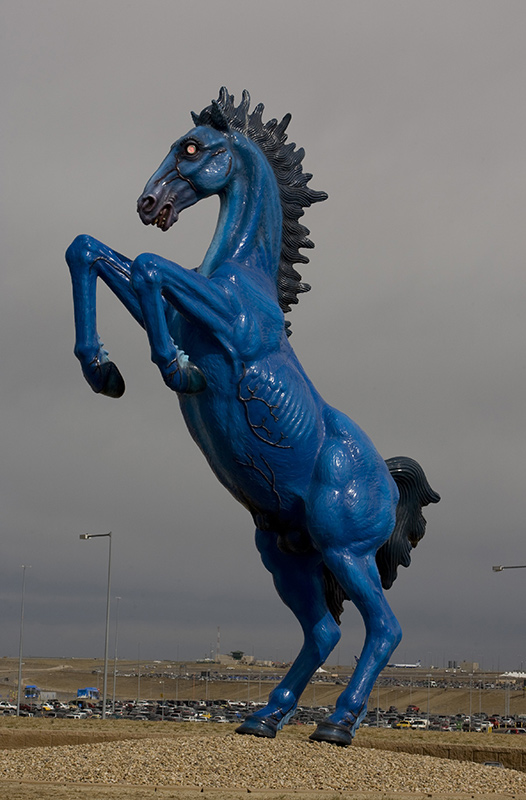
Luis A. Jimenez, Jr. was a Mexican-American sculptor who was an accomplished artist and teacher at the University of Arizona and, later, the University of Houston. He was known for his huge fiberglass sculptures that were controversial and immediately recognizable.
He died in his studio on June 13, 2006, when a large section of his Blue Mustang sculpture fell on him and severed an artery in his leg.
Henry Smolinski

Henry Smolinski was an aeronautical engineer and co-founded the Advanced Vehicle Engineers (AVE) of Van Nuys in Los Angeles, California. Smolinski created the AVE Mizar, a flying car that was made of a Cessna Skymaster airplane and a Ford Pinto car. The project was on its way to hitting the market—and would have sold for about $25,000—before a test flight went horribly wrong. Smolinski died in a crash on September 11, 1973, when the right wing folded and caused the plane-car hybrid to fall out of the sky.
Andrei Zheleznyakov

Andrei Zheleznyakov was a Soviet scientist who was developing chemical weapons in 1987. He ended up becoming a whistleblower and helped expose the chemical weapons program that was continuing even after the 1990 U.S.-Soviet Chemical Weapons Accord was signed. Zheleznyakov was working with Novichok agent five, a nerve agent that slowly destroys the immune system, when the chemical hood malfunctioned and exposed him to the chemical. He died a painful death in 1993.
Valerian Abakovsky
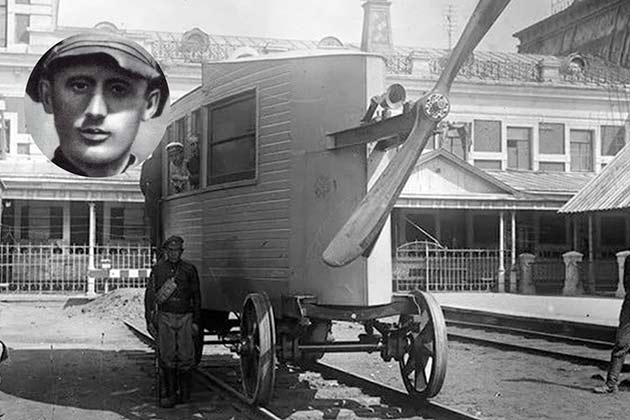
Valerian Ivanovich Abakovsky was a Russian chauffeur and the inventor of the Aerowagon, which was a high-speed railcar with an aircraft engine and propeller that was meant to transport Soviet officials. Abakovsky and five others died during a test drive of the Aerowagon, which derailed at high speed on July 24, 1921.
Unknown author, Public domain, via Wikimedia Commons; and Photo by unknown, Public domain, via Wikimedia Commons
Thomas Midgley, Jr.
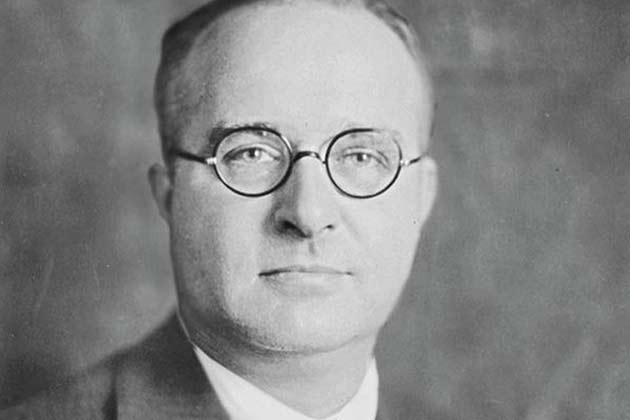
Thomas Midgley, Jr. was a mechanical and chemical engineer who helped develop leaded gasoline and Freon. He contracted polio when he was 51 and developed an elaborate system of ropes and pulleys that would help others lift him out of bed. In 1944, his pulley system betrayed him and he became entangled in the device, which strangled him.
Max Valier
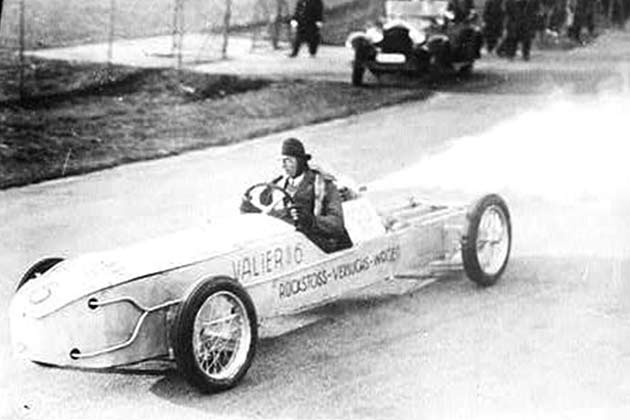
Max Valier was an Austrian rocketry pioneer who helped found the German Spaceflight Society, which would be a key part in making the dream of spaceflight a reality in the 20th century. He worked on creating rocket-powered cars and aircraft. Valier focused his efforts on developing liquid-fueled rockets but was killed a month after the first successful test of his invention when an alcohol-fueled rocket exploded on his test bench in 1930.
Perillos of Athens

Perillos of Athens designed the Brazen Bull execution device for Phalaris, the tyrant-dictator of Akragas, Sicily. The bull was made out of bronze, was hollow, and had a door on the side. It was designed so that the victim's screams would come out of the bull's mouth sounding like the animal's screams as a fire was blazing underneath, roasting the person alive. Perillos was tricked into getting inside his creation, during which he endured the flames before being thrown off a cliff. Phalaris himself was killed in the Brazen Bull when he was overthrown by Telemachus.
Louis Slotin

Louis Alexander Slotin was a Canadian physicist and chemist who participated in the Manhattan Project and helped assemble the first atomic weapon. He was well-known for having a casual approach to safety when it came to nuclear projects, often neglecting it altogether. He was demonstrating his experiment on how to bring the exposed core of a nuclear weapon nearly to the point of criticality, which would be used in war tactics. He didn't follow safety procedures and dropped a beryllium hemisphere, which gave him intense neutron radiation poisoning. He died in the hospital on June 2, 1946.
Aurel Vlaicu
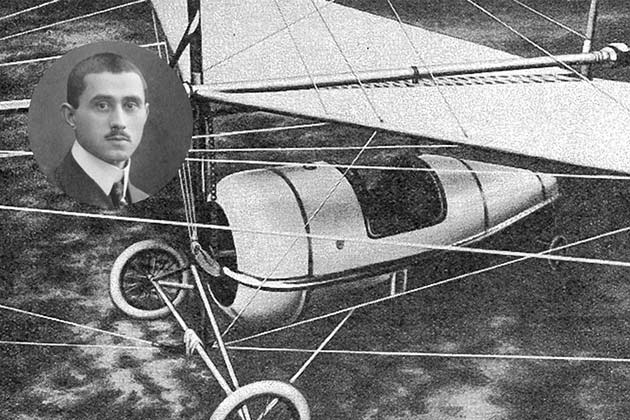
Aurel Vlaicu was a Romanian engineer, inventor, airplane constructor, and a pilot. He earned his engineering degree in 1907 and went on to design one glider and three airplanes, which would ultimately be his downfall. He died in a crash on September 13, 1913, while trying to fly across the Carpathian Mountains in his self-constructed airplane.
Personal collection, Public domain, via Wikimedia Commons; Personal collection, Public domain, via Wikimedia Commons
Charles Ligeti

The Ligeti Stratos, invented by Charles Ligeti, was a notable aircraft for its unique design and contribution to microlight aviation. In 1982, Ligeti initially showcased his inventiveness at the Australian Bird Man Rally with a hang-glider before advancing to create the Ligeti Stratos. The prototype of this innovative aircraft took flight on April 25, 1985, marking a significant milestone in the development of microlight aircraft.
Tragically, Charles Ligeti's pioneering work came to an abrupt end when he lost his life in an accident involving the Ligeti Stratos on September 22, 1987. His contributions to aviation, particularly in the realm of microlight aircraft, remain impactful, with the Ligeti Stratos standing as a testament to his inventive spirit and technical skill.
John Day

John Day, an English carpenter and wheelwright, ventured into the depths of innovation with the creation of a wooden "diving chamber," an early exploration into underwater exploration devices.
Supported financially by Christopher Blake, an English gambler, Day's ambition was not only to demonstrate the capability of underwater survival but to push the boundaries of the known world. Tragically, Day's pioneering spirit led to his untimely demise in 1774. His daring attempt to test the limits of his invention resulted in a fatal accident, marking a sorrowful end to his contributions to early submarine technology.
Webster Wagner

Webster Wagner, an innovative American inventor and politician, made significant contributions to the evolution of railway travel through his invention of the sleeping car. Born on October 2, 1817, Wagner's ingenuity revolutionized passenger comfort during long-distance rail journeys. Beyond his inventions, Wagner served as a senator in New York State from 1871 until 1881.
Tragically, his life was cut short in a devastating railroad accident on January 15, 1882, near Spuyten Duyvil, New York. His untimely demise occurred during one of the very rail journeys his inventions had sought to improve, marking a poignant end to his impactful career.
Mike Hughes

Michael "Mad Mike" Hughes, a self-taught rocket builder and daredevil, tragically lost his life on February 22, 2020, during an audacious attempt to launch himself into the sky in a homemade rocket. His mission was part of a personal quest to gather evidence supporting his flat Earth theory, aiming to fly high enough to photograph the Earth's shape.
The launch, intended for a Science Channel series called “Homemade Astronauts,” ended in disaster shortly after takeoff near Barstow, California. Hughes's unyielding spirit and pursuit of his beliefs, despite the fatal outcome, left a memorable mark on the world of amateur rocketry and stunts.
Icarus

The myth of Icarus is a cautionary tale from Greek mythology, highlighting the dangers of hubris and disobedience. Icarus, son of the master craftsman Daedalus, met his demise through his own recklessness. Daedalus crafted a pair of wings made of feathers and wax for himself and Icarus to escape from the Labyrinth of Crete.
He warned Icarus not to fly too close to the sun or too near the sea, but Icarus, intoxicated by the thrill of flight, ignored his father's advice. Flying too high, the sun melted the wax in his wings, causing Icarus to fall into the sea and drown. This story serves as a timeless reminder of the perils of overestimation of one's abilities and defiance of limits.
Wan Hu

Wan Hu, a legendary figure from Chinese history, is often celebrated as the world's first astronaut for his audacious attempt to reach the heavens using primitive rocket technology. According to various sources, in an endeavor that melds ambition with ancient innovation, Wan Hu purportedly attached 47 firework rockets to a chair, aiming to launch himself into the sky.
Unfortunately, this bold experiment, stemming from a desire to explore the celestial realm, concluded with Wan Hu's disappearance amidst a thunderous explosion. This tale, blending myth with the spirit of exploration, has fascinated many, symbolizing humanity's timeless quest to breach the bounds of Earth and venture into the unknown.
João Torto

João Torto, a daring figure from the annals of Portuguese legend, embarked on a bold quest to conquer the skies from the city of Viseu in 1540. Armed with homemade wings attached to his body, Torto ascended the cathedral tower, leveraging a platform granted by the priests for his lofty endeavor.
His ambition was to glide across the heavens, a testament to human ingenuity and the dream of flight. Unfortunately, Torto's pioneering attempt ended in tragedy; he plummeted to his demise after leaping from the tower. This ill-fated venture into aerial exploration is remembered as a poignant narrative of aspiration and the perilous pursuit of uncharted frontiers.
William Brodie

William Brodie, a figure enshrined in Edinburgh's lore, lived a life of stark contradictions. By day, he was a reputable cabinet-maker and a respected member of the Town Council, even serving as a deacon. Yet, beneath this veneer of respectability, Brodie led a clandestine life of crime, engaging in burglary and theft. His dual existence inspired Robert Louis Stevenson's "Dr. Jekyll and Mr. Hyde."
Brodie's tale took a grim turn when he was apprehended and sentenced to death. It is rumored that he met his end on the very gallows he had purportedly designed, becoming its first victim in a twist of fate that sealed his infamy in Scottish history. This story, while blending fact with legend, underscores the ironies that can define a life and captivate public imagination for centuries.
Jimi Heselden

Jimi Heselden, a British entrepreneur and philanthropist, tragically passed away in a profound twist of fate that underscored the unpredictable nature of life. On September 26, 2010, Heselden, who had acquired the Segway company, died in an accident involving one of its self-balancing scooters.
While riding around his estate in West Yorkshire, he fell off a cliff into the River Wharfe. This ironic demise shook the community, as Heselden had risen from humble beginnings to become a successful businessman and inventor, only to lose his life in an incident involving his own product, marking a somber chapter in the narrative of innovation and entrepreneurship.
William Nelson

William Nelson, an inventive mind at General Electric, met a tragic end that underscored the inherent risks of innovation. In 1903, Nelson, driven by a passion to revolutionize personal transportation, devised a new method to motorize bicycles.
This endeavor culminated in a fateful test ride on October 3, near his father-in-law’s residence in Schenectady, New York. During this test, Nelson suffered a fatal accident, falling from his prototype on a challenging hill. His untimely demise not only left a void in the early automotive invention landscape but also marked a poignant reminder of the fine line between breakthrough and peril in the pursuit of progress.
Stockton Rush

Stockton Rush, the CEO of OceanGate Expeditions, tragically lost his life on June 18, 2023, during an ambitious voyage to explore the wreck of the Titanic. Piloting the Titan submersible, a cutting-edge deepwater vessel he played a pivotal role in developing, Rush and four others perished when the submersible imploded under the intense pressures of the deep North Atlantic.
A visionary and lifelong adventurer, Rush's pursuit of deep-sea exploration aimed to unlock the mysteries of the ocean's depths. His untimely demise is a somber reminder of the risks inherent in pushing the boundaries of human exploration and innovation.
Harry Daghlian
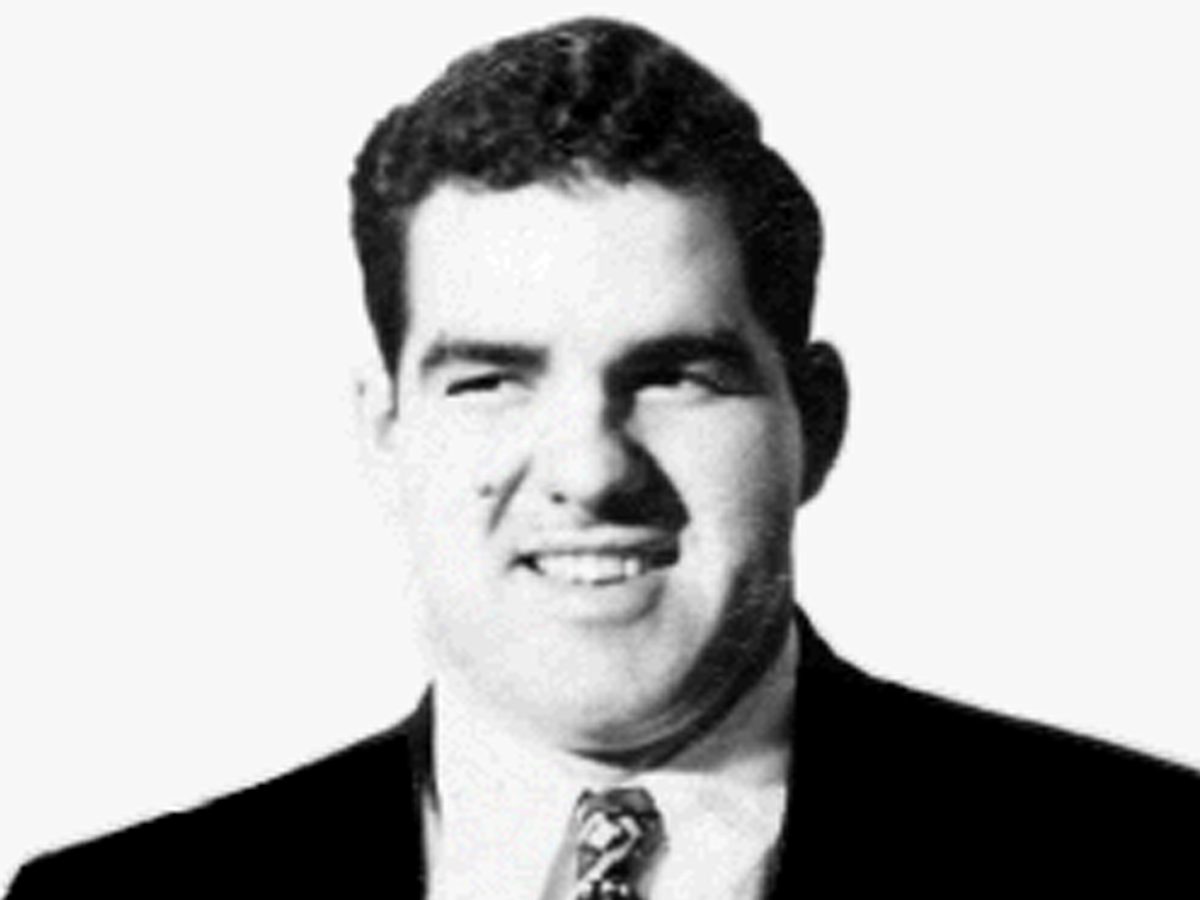
Harry Daghlian, a promising young physicist associated with the Manhattan Project, met a tragic end that marked a solemn chapter in the annals of scientific exploration. On August 21, 1945, while conducting an unauthorized experiment at Los Alamos Laboratory, Daghlian accidentally dropped a tungsten carbide brick onto a plutonium core, initiating a criticality accident.
This mistake exposed him to a fatal dose of radiation, leading to his death on September 15, 1945, at just 24 years old. Daghlian's untimely demise served as a grave reminder of the perilous nature of nuclear research and the unforgiving consequences of human error.
Cowper Phipps Coles

Cowper Phipps Coles, a distinguished English naval captain and inventor, made significant contributions to naval warfare technology in the 19th century. In 1859, he patented the first design for a revolving gun turret, revolutionizing ship armaments and naval strategy. His innovative designs garnered the attention and support of influential figures, including Prince Albert.
Despite his groundbreaking work, Coles' life was cut short in a tragic twist of fate. He died in 1870 during the sinking of HMS Captain, a warship embodying his turret design, showcasing the perilous path of innovation. This event not only marked the untimely demise of a brilliant inventor but also highlighted the vulnerabilities in pioneering military technology.
Sieur Freminet

Sieur Fréminet, a pioneering French inventor, made a significant leap in underwater exploration with his creation of the first self-contained air device in 1772. He ingeniously devised a mechanism to recycle exhaled air within a barrel, marking the inception of rebreathing technology.
This invention, which he called the "machine hydrostatergatique," was utilized successfully for over a decade in the harbors of Le Havre and Brest. Unfortunately, during one expedition, the device malfunctioned, and Freminet died from a lack of oxygen.
Leonard Warden Bonney
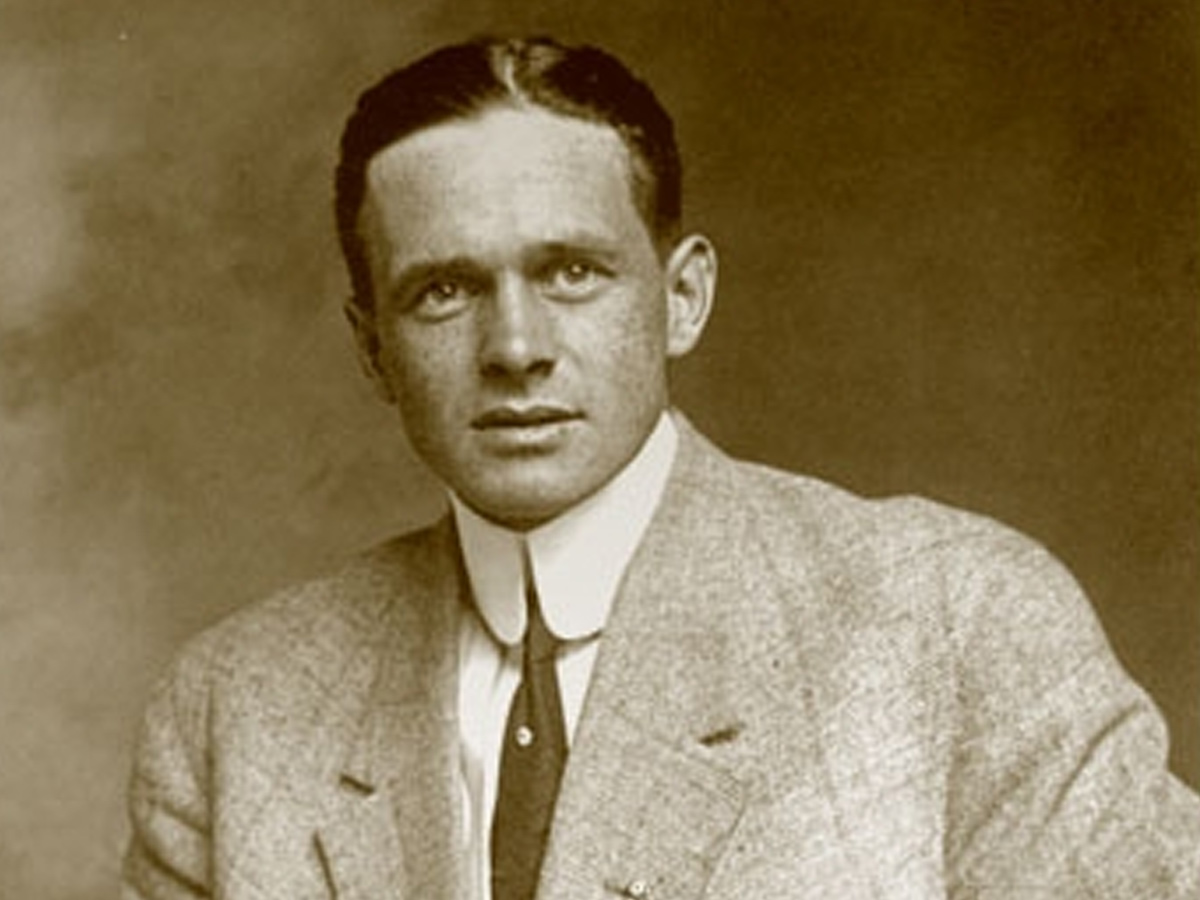
Leonard Warden Bonney, a pioneering aviator closely associated with the Wright brothers, met a tragic end that underscored the risks of early aviation innovation. Born in Wellington, Ohio, in 1884, and an attendee of Oberlin College, Bonney became the 47th licensed pilot, contributing significantly to the field of aeronautics.
He designed the Bonney Gull, an experimental aircraft aiming to advance aviation technology. However, on its first flight on May 4, 1928, the Bonney Gull crashed, claiming Bonney's life. This incident highlighted the perilous nature of testing new aviation technologies during the early 20th century, marking a somber moment in the annals of aviation history.
Karl Flach
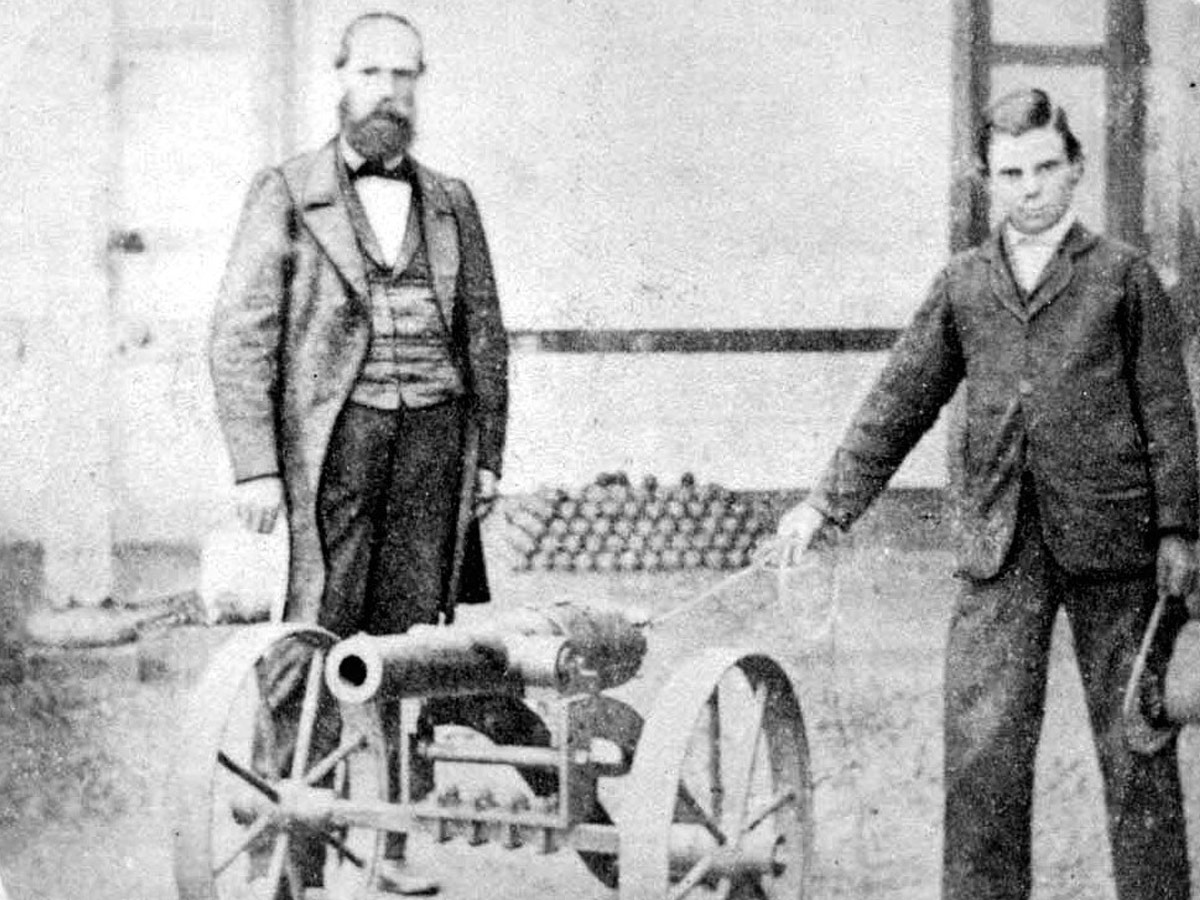
Karl Flach, a German engineer and visionary inventor, made his mark in history by constructing the Flach, the first submarine in Latin America in 1866. Commissioned by the Chilean government, this innovative underwater vessel represented a significant leap forward in naval engineering.
Tragically, during its test run in Valparaiso Bay on May 3, 1866, the submarine sank, taking Flach, his young son, and the entire crew with it. This devastating event underscored the inherent risks of pioneering new technologies while cementing Flach's legacy as a key figure in the annals of submarine development.
John Joseph Montgomery
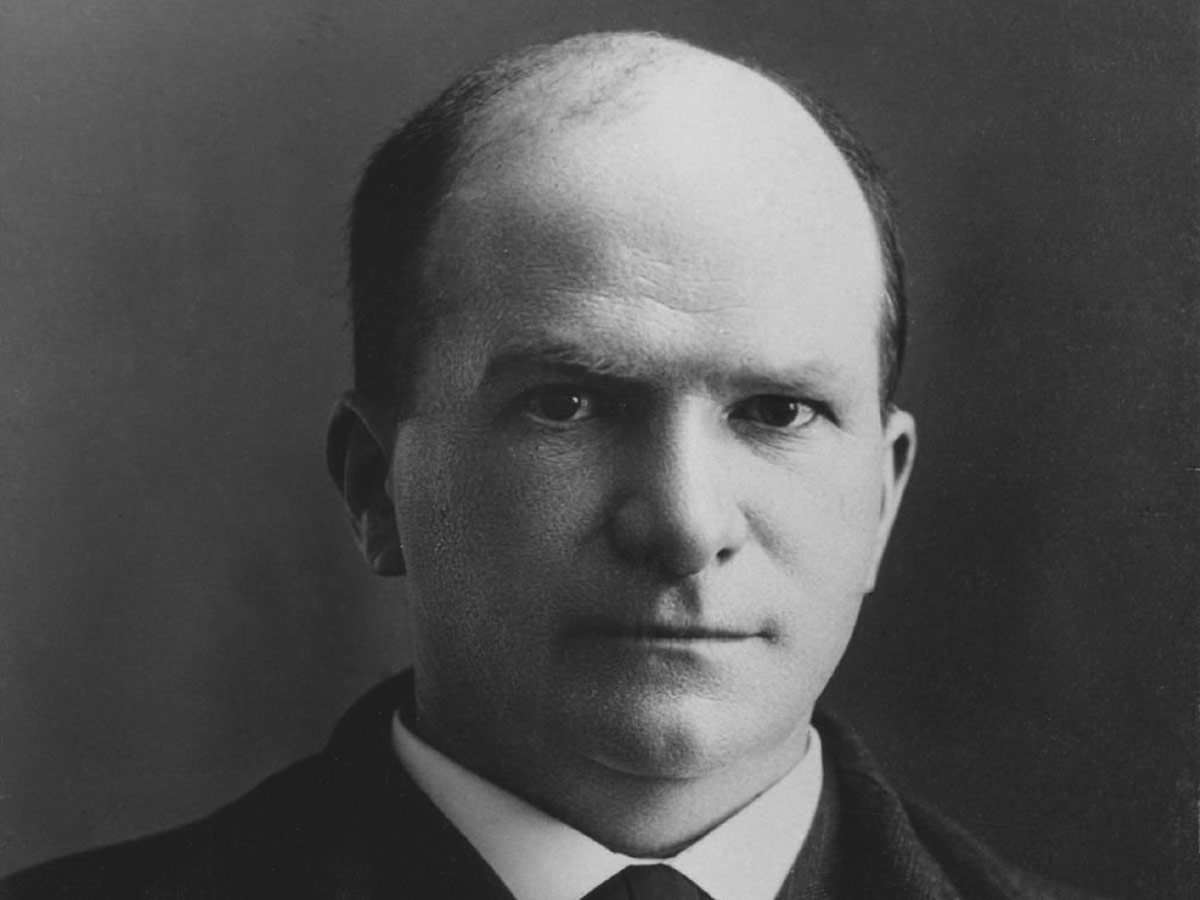
John Joseph Montgomery, an American inventor, physicist, and aeronautical pioneer, played a seminal role in the early development of aviation. Born on February 15, 1858, Montgomery dedicated his life to understanding aerodynamics and is celebrated for piloting the first controlled flights of heavier-than-air craft decades before the achievements of the Wright brothers.
His innovative designs were grounded in meticulous studies of bird flight and aerodynamic principles. Tragically, Montgomery's life was cut short on October 31, 1911, when he died following a crash during a demonstration of one of his gliders. His pioneering work laid foundational insights into controlled flight, and he remains a significant figure in the annals of aviation history.
James Douglas
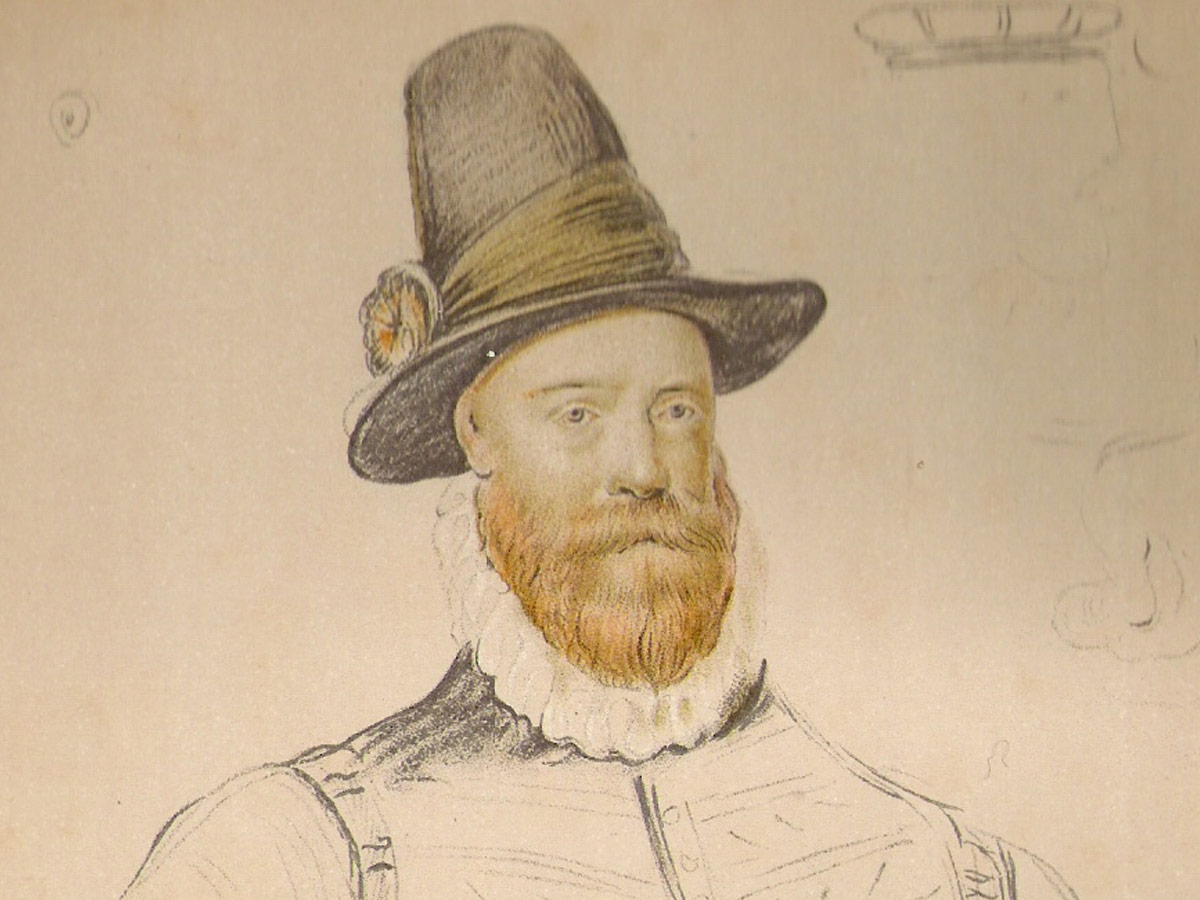
James Douglas, 4th Earl of Morton, a key figure in Scottish history, served as Regent of Scotland during the minority of James VI. His governance was marked by efforts to maintain stability and strengthen ties with England. However, Morton's rule came to an infamous end. According to historical accounts, he met his demise on June 2, 1581, through execution by "The Maiden," an early form of guillotine.
Ironically, Morton had introduced this very device to Scotland, not knowing it would one day be used for his own execution. This twist of fate serves as a grim reminder of the volatile nature of political power and justice in the 16th century.
Fred Duesenberg

Fred Duesenberg and his brothers founded Duesenberg Automobile & Motors Company in St. Paul to build high-performance engines and racecars. The new designs were tested out on the Indianapolis Speedway and quickly gained a large following. On July 2, 1932, Fred was driving his personal Duesenberg on a wet highway when he lost control and the car crashed. He died from health complications related to the accident on July 25.
Sylvester H. Roper
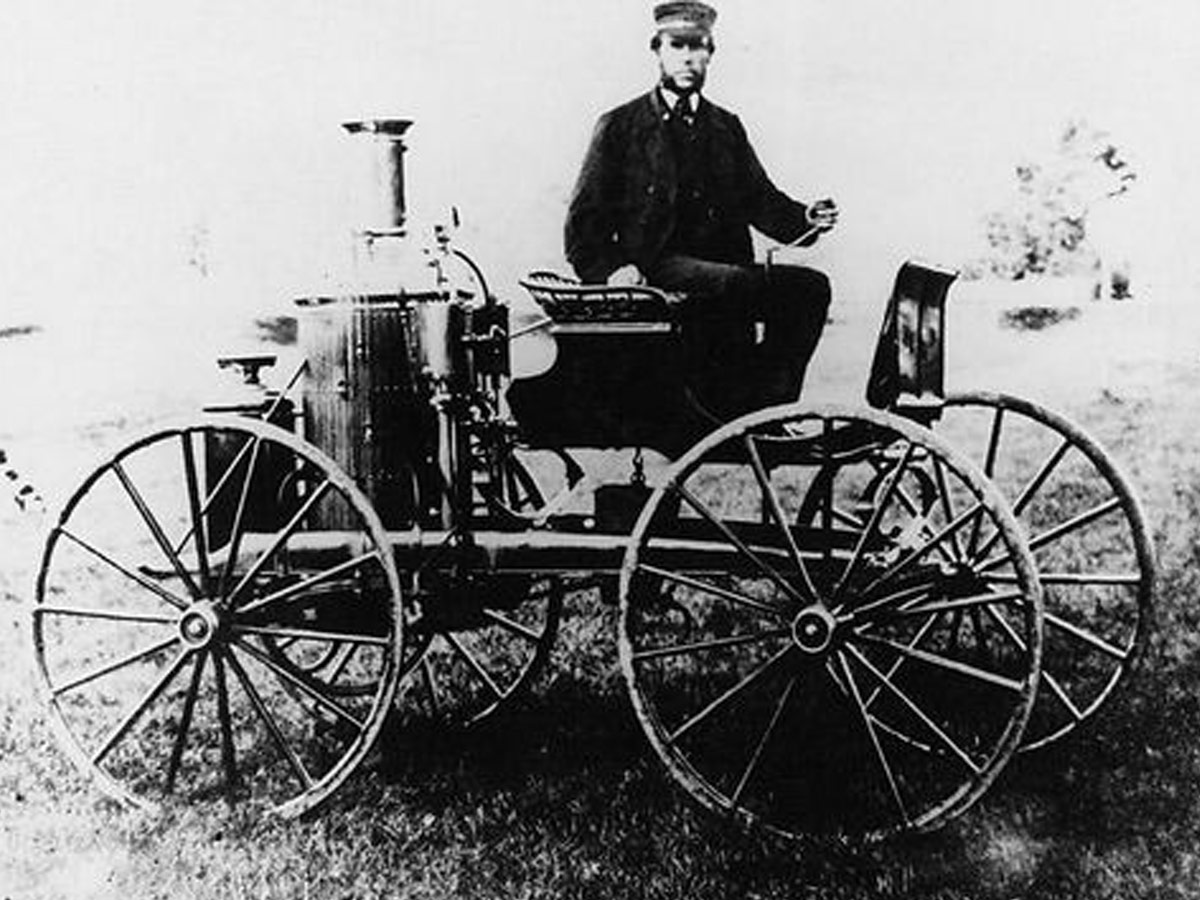
Sylvester Howard Roper was an American inventor and builder, who built a steam carriage (one of the earliest automobiles). He also created the Roper steam velocipede, also known as the first motorcycle, along with the shotgun choke, and a revolver repeating shotgun.
Roper died on June 1, 1896, when he crashed and split his head open while riding his velocipede.
Otto Lilienthal
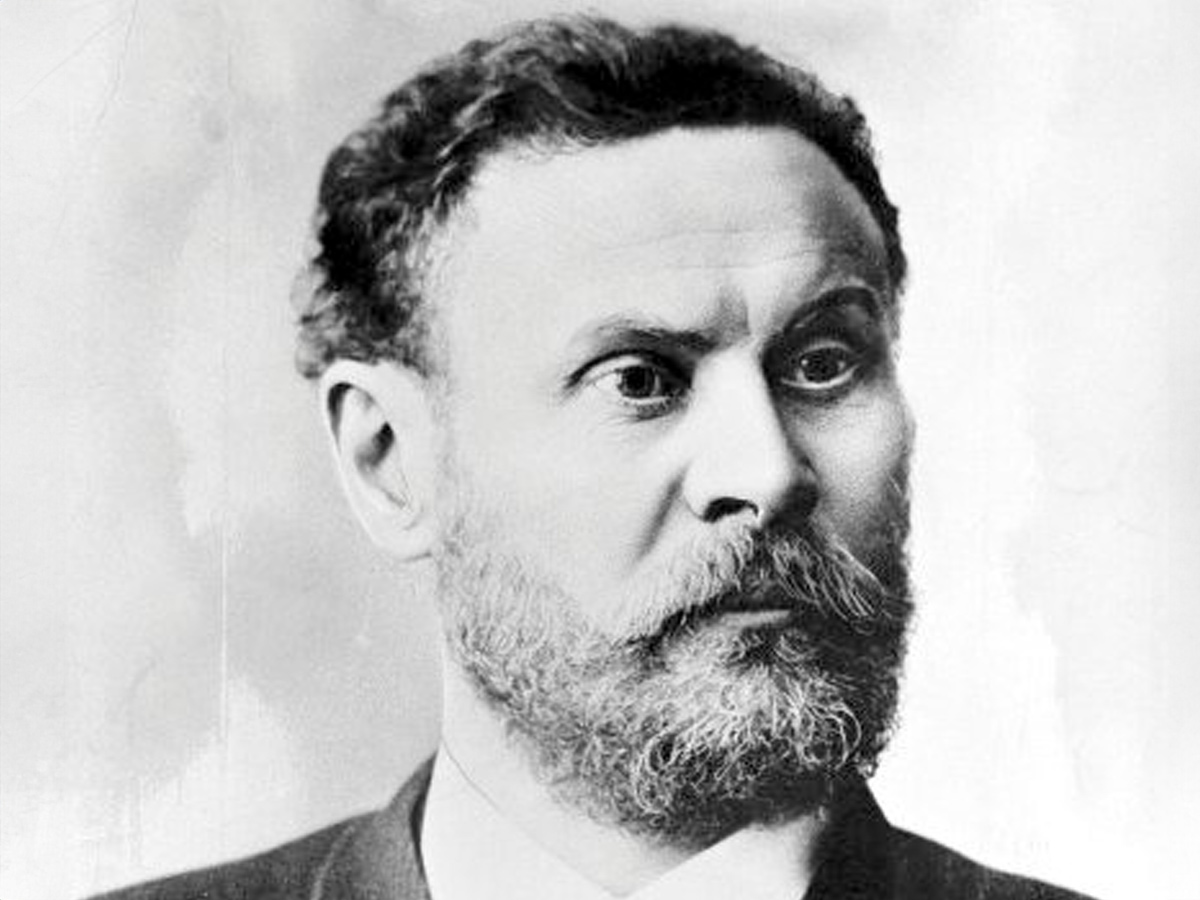
Karl Wilhelm Otto Lilienthal was a German pioneer in the early days of aviation, earning himself the nickname "the flying man." He was the first person to successfully complete and document several flights with gliders.
On August 9, 1896, Lilienthal took a regular trip to the Rhinow Hills to fly his own glider design, but lost control and crashed from almost 50 feet in the air.
Jean-François Pilâtre de Rozier
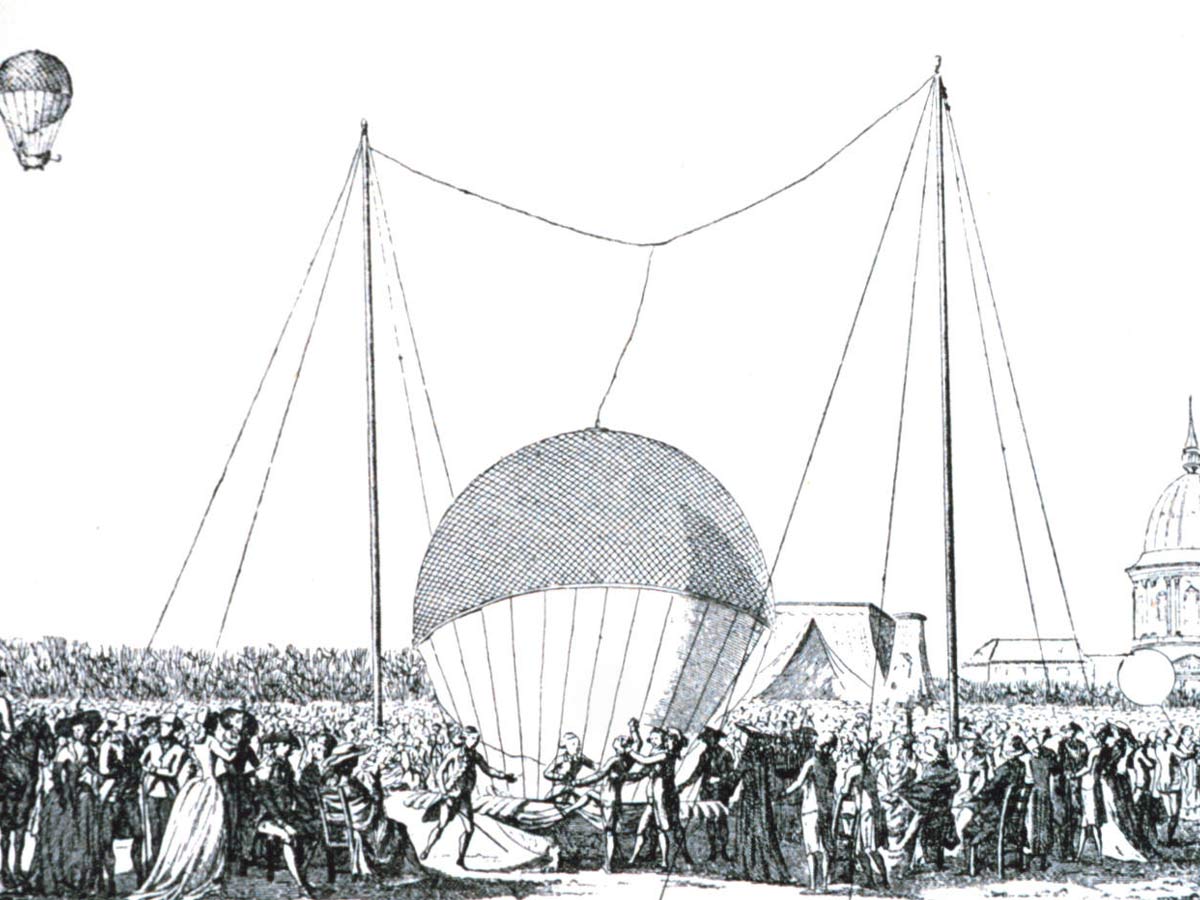
Jean-François Pilâtre de Rozier was a French chemistry and physics teacher and was also one of the early pioneers in aviation. He was one of the men on the first manned free balloon flight in a Montgolfier balloon.
He created the Roziere balloon, a modified version of the Montgolfier, and attempted to cross the English channel. The balloon caught fire and crashed, killing the inventor in January of 1785.
William Bullock
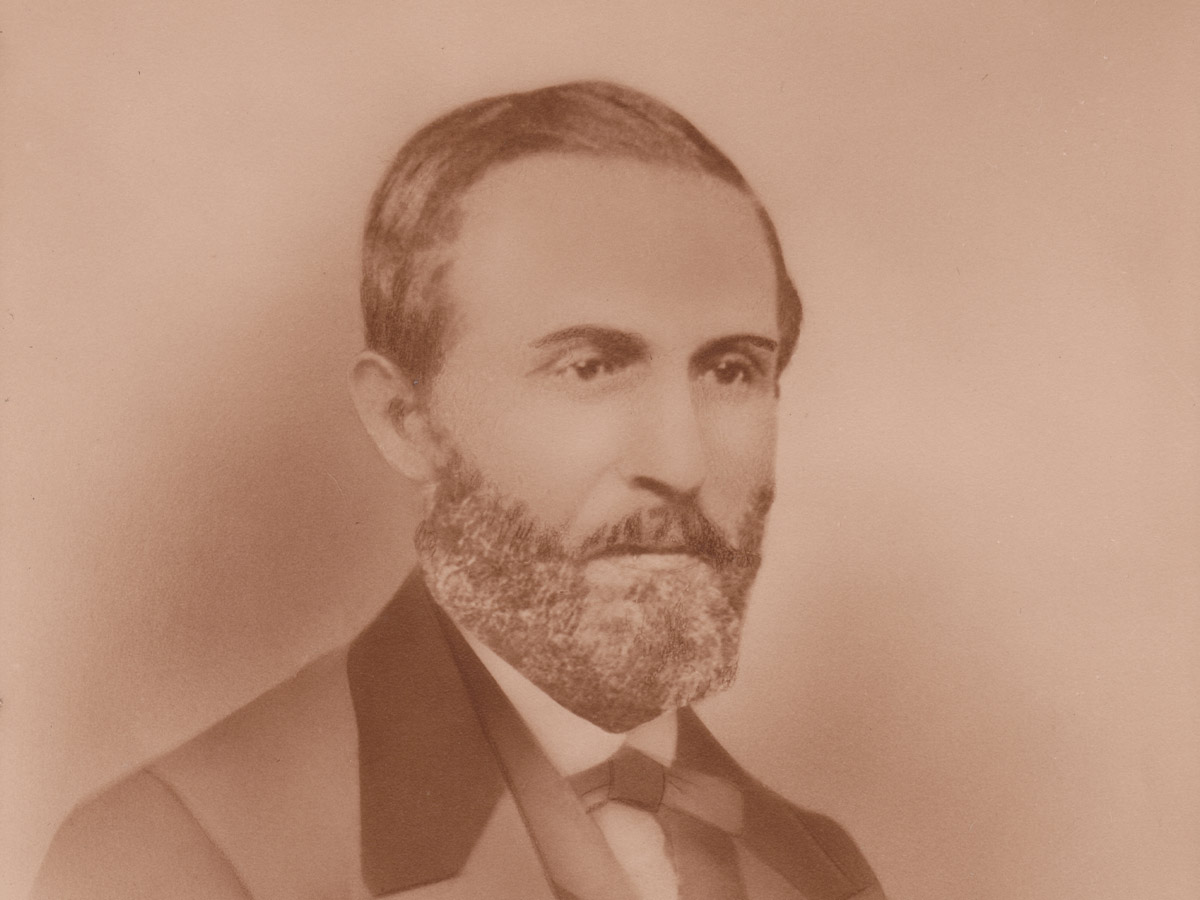
William Bullock was an American inventor who created a better rotary printing press and revolutionized the printing industry. He also created a shingle cutting machine, a hand-turned wooden printing press, and a number of other machines.
In a freak accident, Bullock died while he was working on one of his rotary printing presses. His leg got caught in the machine and was crushed, leading to gangrene. He died during surgery while doctors were trying to amputate his leg in April of 1867.
Henry Winstanley

Henry Winstanley was an English painter and engineer who made the first Eddystone lighthouse. He lost two ships at Eddystone, which inspired him to create the lighthouse.
He died during a terrible storm when the tower was completely destroyed on November 27, 1703.
Horace Hunley

Horace Lawson Hunley was a marine engineer on the Confederate side during the American Civil War. He is credited with developing the first hand-powered submarines.
After several failed designs, Hunley was testing his latest model, but it kept sinking. On the second test run, Hunley and seven other crew members died when the submarine sank in 1863.
Sabin Arnold von Sochocky

Dr. Sabin Arnold von Sochocky was a Ukraine-born American citizen who found a way to make glowing paint, which he cleverly called UnDark, by mixing radium with other materials.
Radium releases a glow when it decays and interacts with some substances, and von Sochocky wanted to cash in on that feature. The paint was used in the U.S. military on watches, but the radioactive paint poisoned the factory workers and its creator, von Sochocky himself. He died from the radium poisoning in 1928.
Franz Reichelt
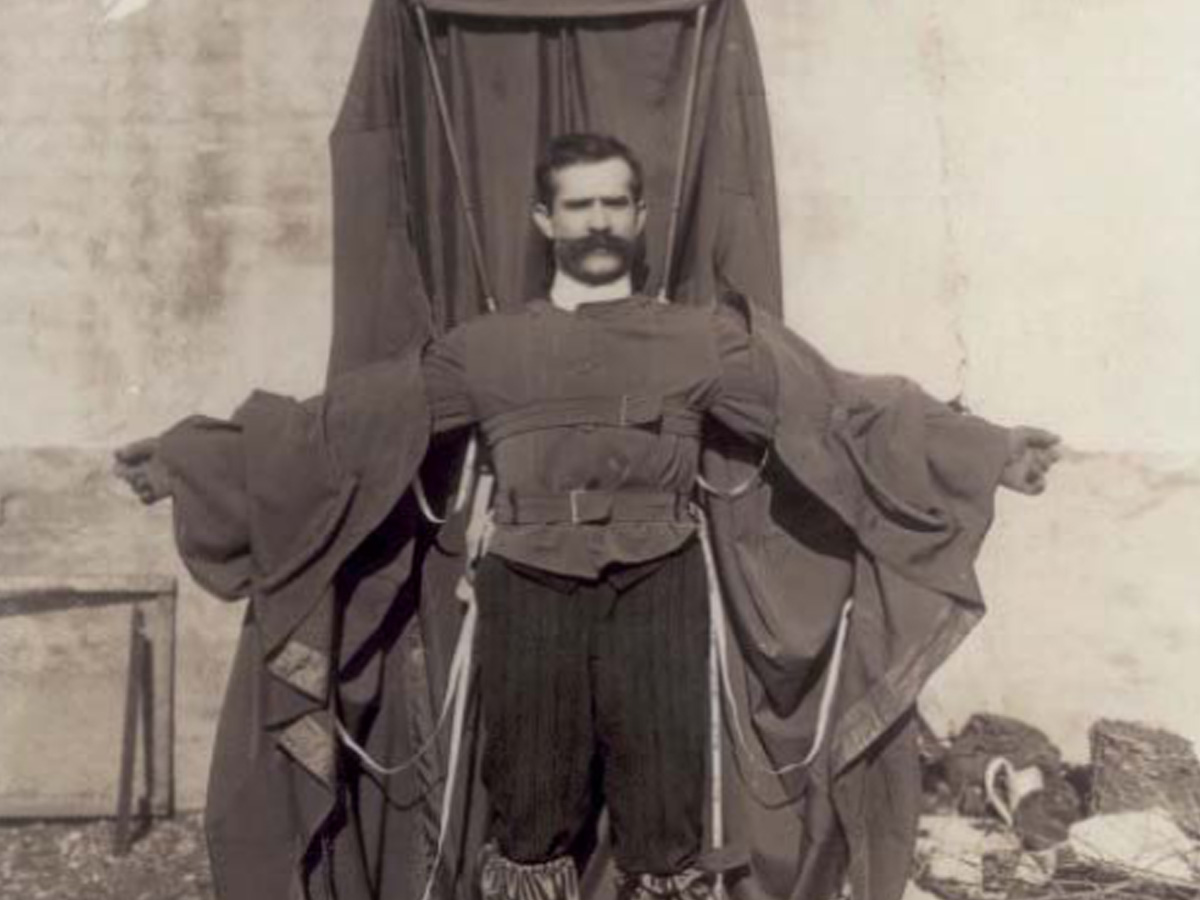
Franz Reichelt was a tailor, inventor, and parachuting pioneer. He was obsessed with creating a suit for aviators that would turn into a parachute if they had to jump out of an aircraft.
He died on impact after falling from more than 150 feet when he jumped off the Eiffel Tower to test his latest design in February of 1912.
Thomas Andrews, Jr.

Thomas Andrews, Jr. was a British businessman and shipbuilder who was in charge of the drafting department at the Harland and Wolff shipbuilding company. He was the managing director and biggest contributor to the designs of the Titanic, but many of his safety features were rejected and left off the final construction of the famous ocean vessel.
Andrews was on board the Titanic when it sank in 1912, dying on a ship he didn't approve of.
Francis Edgar Stanley
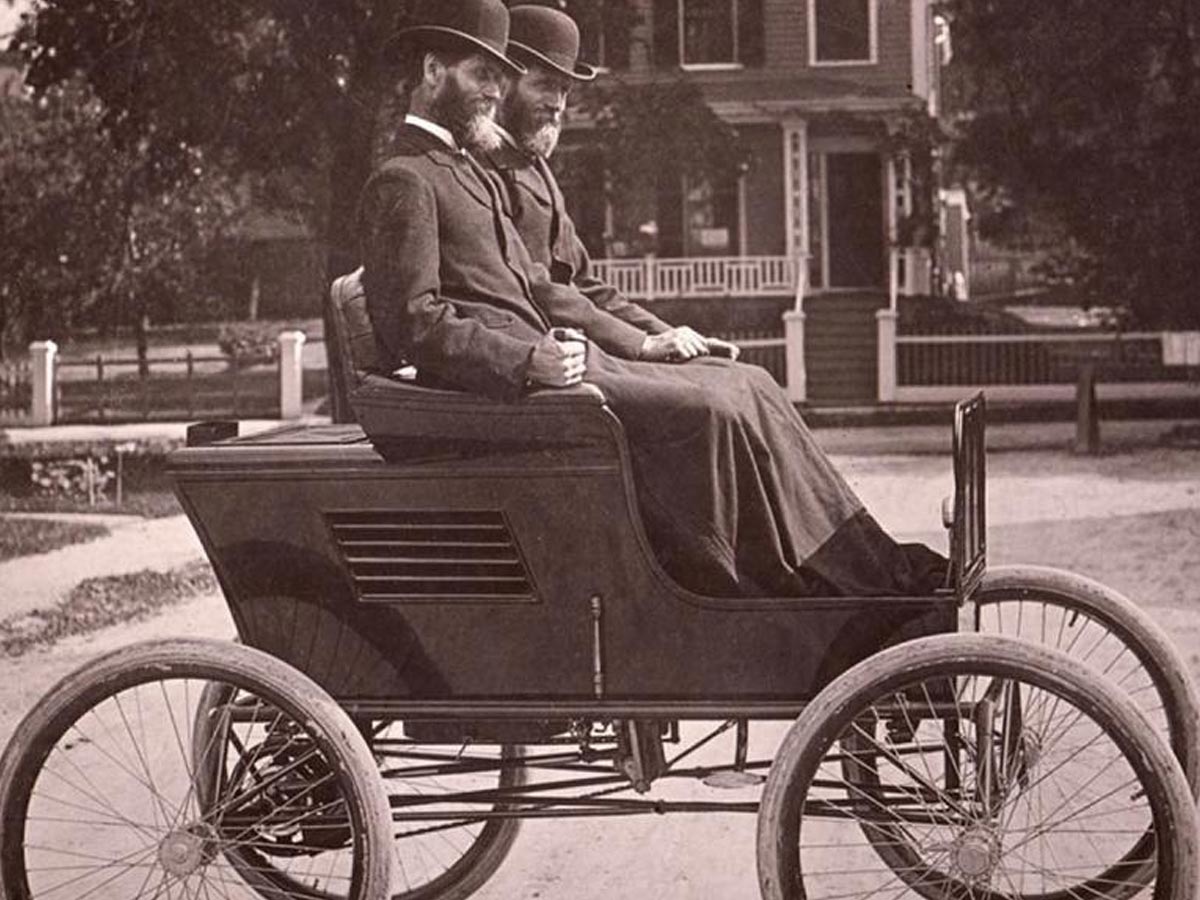
Francis Edgar Stanley was the co-founder of the Stanley Motor Carriage Company, which created the Stanly Steemer line of steam engine vehicles.
He died in 1918 after driving his car into a woodpile to go around farm wagons on the road.
Alexander Bogdanov

Alexander Aleksandrovich Bogdanov was a Soviet doctor, writer, and revolutionary. He was also a co-founder of the Bolshevik faction of the Communist Party of the Soviet Union.
He used his medical training to develop the process of blood transfusion, which he believed could reverse the aging process. He died during a transfusion when he took blood that was infected with malaria and tuberculosis in 1928.
Karel Soucek

Karel Soucek was a professional stuntman who went over Niagara Falls in a barrel in 1984 in an impressive display of bravery (or stupidity). On January 19, 1985, Soucek recreated the stunt with his barrel, planning to fall 180 feet into a tank of water at the Astrodome.
The stunt was so dangerous, Evel Knievel tried to talk him out of it. Soucek went through with it but the barrel hit the rim of the water tank, fatally injuring the stuntman.
Abu Nasr Ismail ibn Hammad a-Jawhari
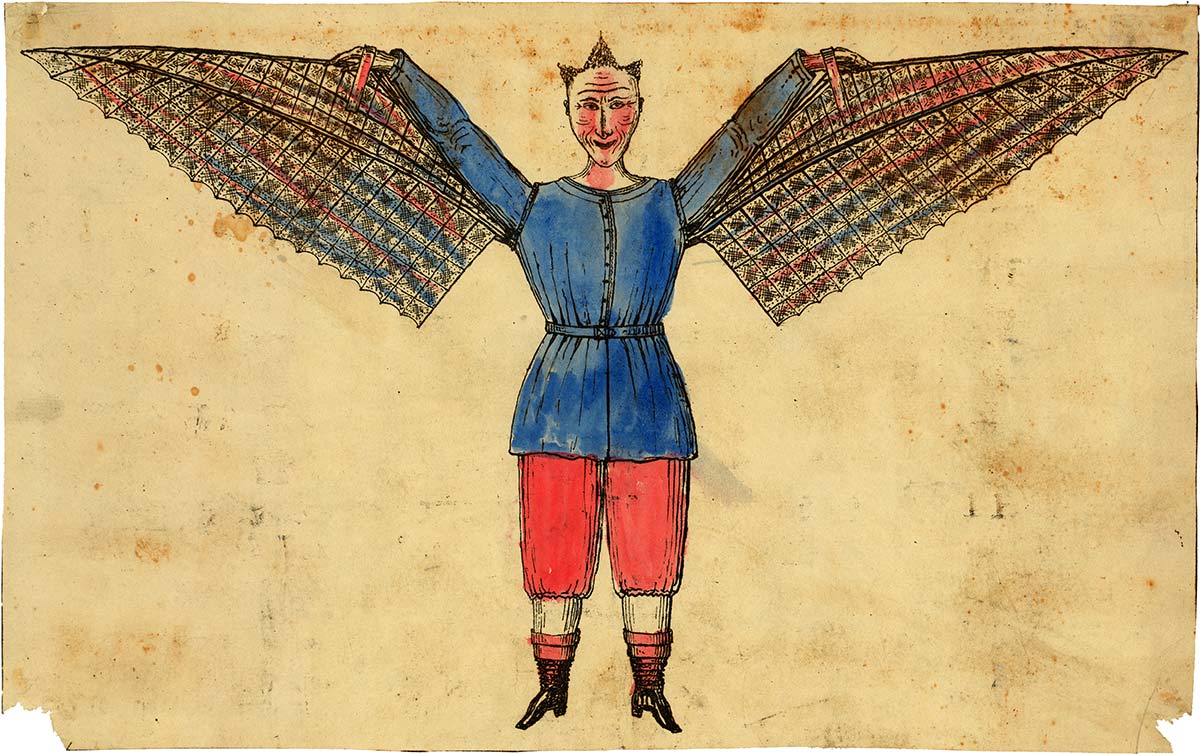
Also known as Ismail ibn Hammad al-Jawhari, Abu was a lexicographer who lived in the late 900s.
He died at Nishapur in 1002 while testing out his glider-like wooden wings that he believed would allow him to fly.
